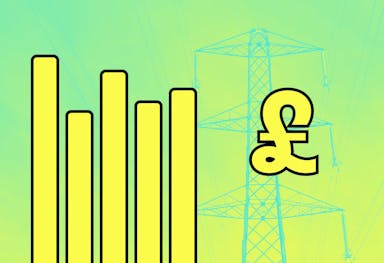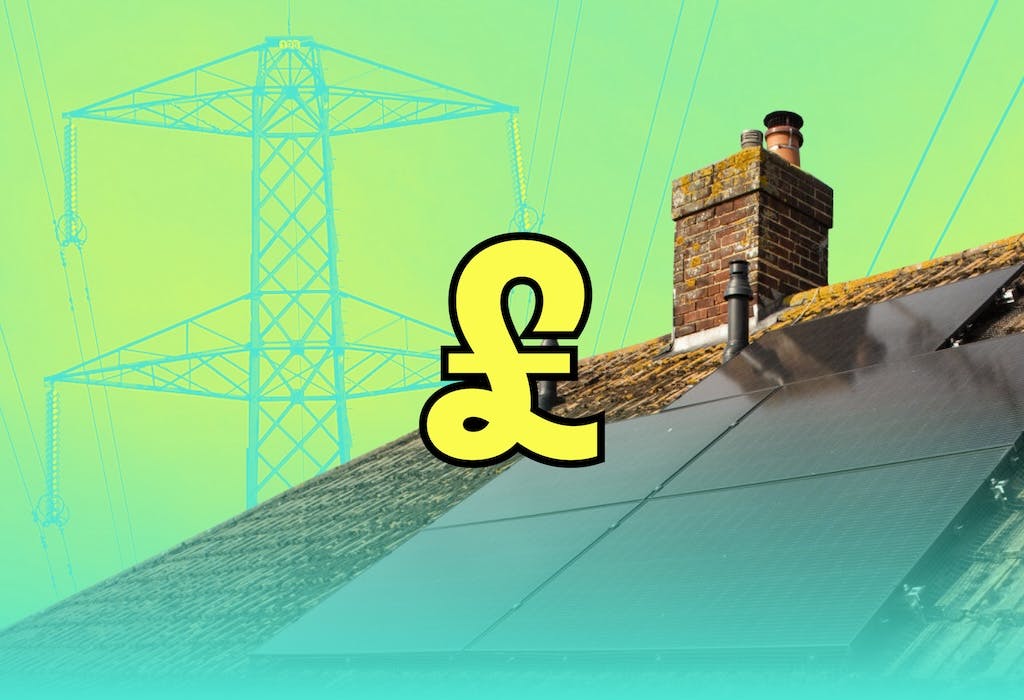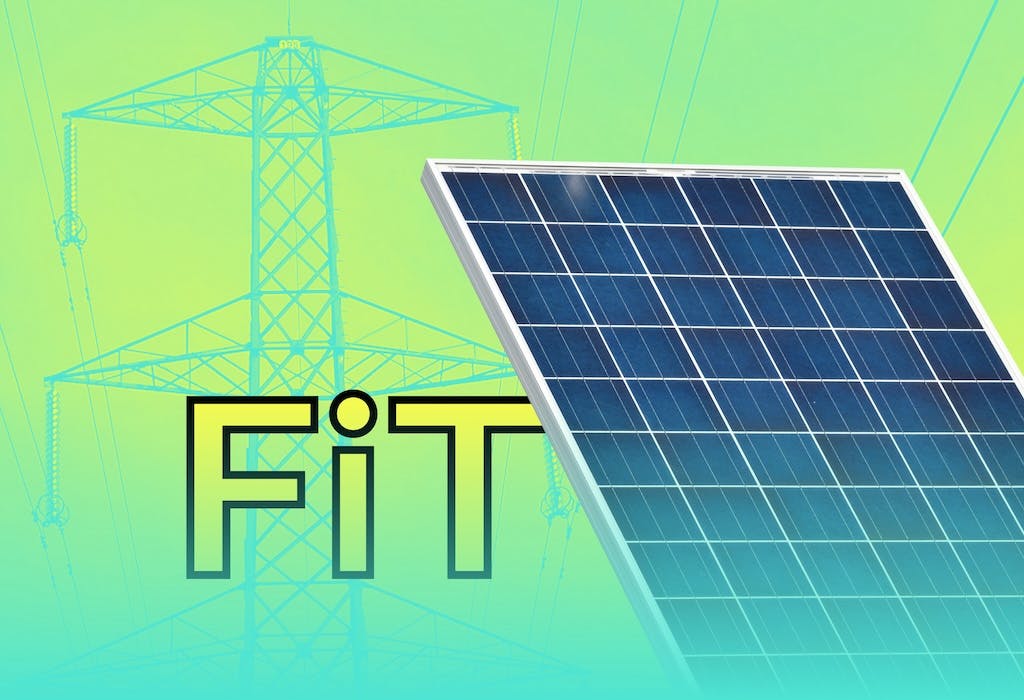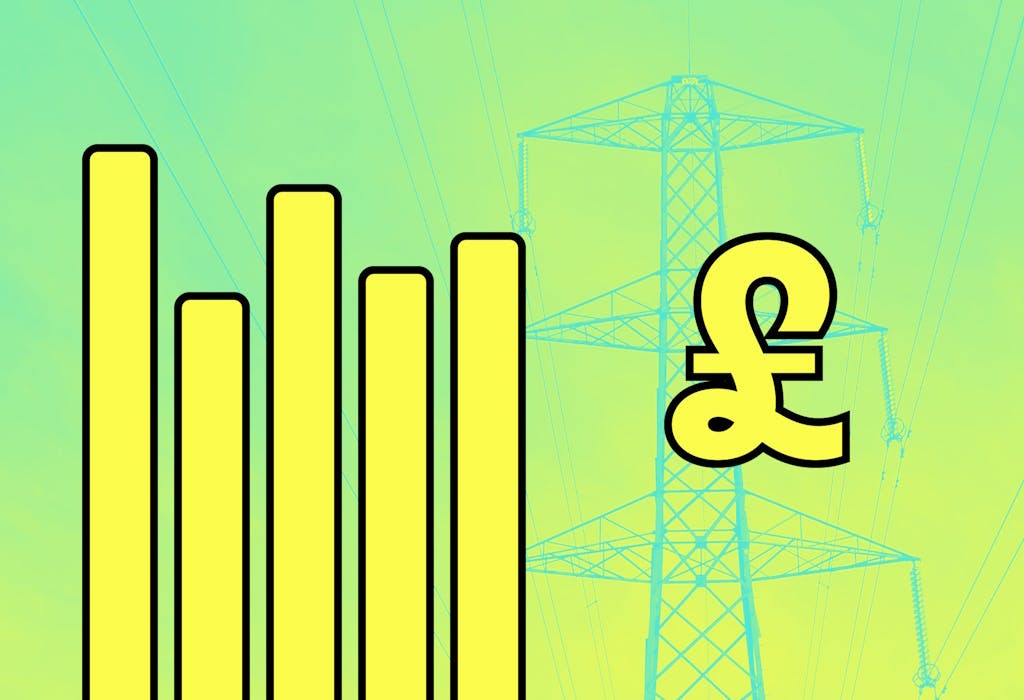- Solar advice hub
- Exporting-to-the-grid
- Should you switch from FiT to SEG?
Should you switch from FiT to SEG?
Here's how to work out whether you should move to an SEG tariff, what switching involves, and how much more you can earn.


Why you can trust our content
We know that the solar industry is full of misinformation, but we only use reliable sources, including:
- Our experienced solar experts, installers and system designers
- Our own database of solar & battery system designs
- Authoritative bodies like MCS and the UK government




Calculate savings
What kind of home do you live in?
Calculate savings
What kind of home do you live in?
FiT vs SEG: at a glance
The upfront cost of going solar means it’s crucial to make the most of your investment.
If you went solar during the era of the Feed-in Tariff, it could be worth switching from your Feed-in Tariff (FiT) export rate to a higher Smart Export Guarantee (SEG) tariff.
Every solar home on the FiT might be able to earn more by switching – it all depends on the amount of electricity you export to the grid, which we’ll explore in this guide.
We’ll also explain the differences between the two schemes, what switching to an SEG tariff involves, and how much more the average home can expect to earn with an SEG rate.
If you’re yet to make the switch to solar, the Smart Export Guarantee can contribute to some very significant savings. To find out how much you could save with a solar & battery system, enter a few details below and we’ll provide an estimate.
How does the Feed-in Tariff work?
The Feed-in Tariff includes both a generation rate – which pays you for every kilowatt-hour (kWh) of renewable energy your system produces – and an export rate that rewards you for selling electricity to the grid.
So every time a household on the Feed-in Tariff generates electricity and sends it to the grid, it’s paid twice for the same energy.
Solar homes on the FiT signed on for either 20 or 25 years, so even though the scheme closed to new customers in 2019, its contracts will last for years to come – and every year, they go up with inflation.
While generation payments are based on how much electricity your system produces, export payments are more complicated.
If you have an export meter, which includes any modern smart meter, you can get paid accurately for all the electricity you send to the grid.
If not, you’ll receive ‘deemed’ export payments, which involve the government approximating how much of the average home’s solar electricity is exported. This is currently set at 50%.
86% of the electricity that's sent to the grid through the scheme comes from households that receive deemed export payments, according to Ofgem’s latest annual report – up from 59% two years previously.
This is a direct result of homes that don’t receive deemed payments – known as ‘metered’ households – increasingly moving to SEG tariffs which offer higher export rates.
There aren’t more deemed households on the FiT now; there are simply fewer metered ones.
Are people still receiving FiT payments?
The FiT closed to new applicants in March 2019, but households that signed up before that point are still receiving payments through the scheme.
Solar homes that joined between April 2010 and August 2012 were put on a 25-year contract, while those that registered afterwards received a 20-year contract.
As a result, solar properties on the FiT will all come to the end of their contracts between 2032 and 2039.
While the FiT was active, a massive 956,531 households switched to solar. More than 850,000 of these homes signed up to the FiT, which equates to 90%.
It makes sense that the vast majority signed up to the FiT, as it was a well-known initiative with no real drawbacks – and all those who did join the scheme are still receiving payments.
Of the 10% of solar homes that didn’t join the FiT, the majority almost certainly hired an installer who wasn’t certified by the Microgeneration Certification Scheme (MCS).
Others likely weren’t aware of the initiative, despite its popularity. It's difficult to inform an entire country about a scheme like the FiT, regardless of its merits.
In January 2020, the Smart Export Guarantee replaced the FiT.

How is the SEG different from the FiT?
The SEG doesn’t offer a generation tariff – unlike the FiT – but it’s given rise to dozens of export rates.
These rates are decided by energy suppliers, rather than Ofgem, and can legally be set at any price above zero.
So instead of going up with inflation every April, SEG tariffs can be changed whenever companies want.
Contracts usually last 12 months, rather than 20 or 25 years, meaning customers need to renew or shop around every year – as many households already do to find the best deal for their home insurance and energy.
The government left it to the free market to determine how much exported electricity was worth, and so far the process is working; between 2021 and 2024, the average bundled SEG tariff rose from 5.5p to 13.45p per kWh. The highest rate is now above 30p per kWh.
Households that generate renewable electricity can now choose from many tariffs that offer higher export payments than the FiT does.
Can you switch from FiT to SEG?
Households on the FiT can switch their export tariff to an SEG one, while continuing to receive FiT generation payments.
And with SEG rates having climbed every year since the scheme began in 2020, it’s worth considering making the move.
You can switch from your FiT export tariff to an SEG rate – or vice versa – once per year, though there’s a small catch for some homes.
Households receiving deemed export payments must get a smart meter to sign up to an SEG tariff – and once they have a smart meter, they can’t rejoin the FiT on a deemed plan.
So if you signed a deemed contract with your FiT supplier, take your time deciding whether you should move to an SEG rate.
Should you switch from FiT to SEG?
You should consider switching your FiT export tariff to an SEG rate, as it won’t affect your generation payments, and could raise your export earnings.
Many SEG tariffs pay a higher export rate than customers receive from their FiT supplier, resulting in a disparity between the two schemes.
A household that joined the FiT in April 2010 will receive 5.25p per kWh of exported electricity between April 2025 and April 2026, while the average bundled SEG tariff in 2024 was 13.45p per kWh – and has risen each year.
Since this is the average, it follows that several tariffs come with a higher rate, with suppliers offering as much as 30p per kWh.
It’s now relatively easy to find energy companies whose only major criteria for signing up to an attractive export rate is that you also join one of their import tariffs.
And just to reiterate: moving from a FiT export tariff supplier to an SEG rate won’t affect your generation income.
Your FiT supplier should be able to cancel your generation payments if you ask, but there’s no reason to do so. You’d be leaving hundreds or even thousands of pounds on the table.
That leaves just two main sticking points: whether households receiving deemed payments export enough electricity to make the switch worth it, and whether SEG tariffs will continue to pay higher export rates than the FiT.
Deeper analysis
When your household uses electricity produced by your solar panels, this is known as ‘self-consumption’. It’s measured as a percentage of all the electricity your panels generate.
There’s a self-consumption threshold for every solar household which, if crossed, means it makes sense for that home to switch from its FiT export rate to an SEG tariff.
You can see this threshold in the chart below, which shows FiT and SEG export income for the average solar installation that signed up to the FiT between April 2010 and July 2012.
This is a 4.83 kilowatt-peak (kWp) system, according to government data from May 2025, which would produce around 4,100kWh per year, based on typical UK solar irradiance (850kWh/kWp).
FiT income from 'deemed' exports v SEG export income, 4.8kWp system
As you can see above, if the household is exporting more than 20% of its electricity, it should switch from deemed FiT payments to an SEG tariff.
At the 20% mark, the household can earn £110 per year on the average bundled SEG tariff, which is more than the £108 it can get on a deemed FIT export rate.
And the more the home exports, the more this margin grows.
If the household sends 50% of its solar-generated electricity to the grid – which is relatively standard – it can earn £168 more on the average bundled SEG tariff.
In fact, every time you add 10% to the total amount exported, this household’s earnings on an SEG tariff rise by £55 compared to the FiT rate. Over your system’s lifespan, this kind of difference can add up to thousands of pounds.
A home that joined the FiT between August 2012 and March 2019 will be on a slightly higher export rate of 7.39p per kWh, which raises the threshold, but not by much.
In the case of the household in the chart above, the threshold would move up to 27.5%.
This is just an example system, but the thresholds don’t change no matter how much electricity your solar installation generates.
And thankfully, exporting more than 20-30% of your solar-generated electricity is pretty likely.
The average household exports 46%, based on more than 150 systems installed by Sunsave across England and Wales in 2024, and the government has consistently estimated that solar homes export 50%.
On the right combination of import and export tariffs, you can earn £343 per year from your excess electricity, based on our calculations – and save hundreds of pounds more on your imports.
For more information, read our guide to the best SEG rates.
What will happen to SEG rates?
While FiT export rates are permanently fixed – except when they rise with inflation every year – SEG tariffs are regularly altered, and can be cancelled entirely.
This makes it harder to decide whether switching to an SEG tariff is right for you, as the free market is less stable than a government-mandated rate.
However, SEG rates have risen in each of the four years since the scheme’s launch, which is almost entirely down to suppliers increasing their bundled rates to attract new customers.
The average unbundled rate has hardly changed since 2020, while the equivalent bundled figure has soared by 145%.
As electric cars and heat pumps become even more widespread and the UK increasingly relies on electricity, competition – and export rates – should continue to grow.
How can you switch from the FiT to the SEG?
To switch from the FiT to an SEG tariff, contact your FiT licensee and ask to opt out of its FiT export payments.
The company should be able to quickly update the Central FiT Register (CFR) to change your status from ‘deemed’ or ‘metered’ to ‘negotiated’.
You’ll then be free to sign up for any SEG tariff, which usually involves proving that you own your system, live at your address, and have a smart meter.
A supplier will also want to see a system schematic, a valid Flexi-Orb or MCS certificate, and proof that your Distribution Network Operator (DNO) has approved your G98 or G98 application.
The whole process usually takes between five and 12 weeks.
You can switch between FiT and SEG export tariffs once per year – but you can never return to a deemed rate. Once the CFR is alerted to the fact that you have a smart meter, you can only access a metered FiT rate.
Summary
Many households can earn more export income by switching from an FiT rate to an SEG tariff, with no impact on FiT generation payments.
Depending on when you signed up to the FiT, you just need to ensure that you’re exporting roughly a quarter of the electricity your panels generate, at least – which is a low bar for most solar homes.
You could earn hundreds of pounds by making a simple switch that should take a matter of weeks.
If you’re yet to go solar, the Smart Export Guarantee can contribute to some very significant savings. To find out how much you could save with a solar & battery system, enter a few details below and we’ll provide an estimate.
FAQs
Related articles

Written byJosh Jackman
Josh has written about the rapid rise of home solar for the past six years. His data-driven work has been featured in United Nations and World Health Organisation documents, as well as publications including The Eco Experts, Financial Times, The Independent, The Telegraph, The Times, and The Sun. Josh has also been interviewed as a renewables expert on BBC One’s Rip-Off Britain, ITV1’s Tonight show, and BBC Radio 4 and 5.






